Masai Mara Travel Tips
A MASAI MARA TRAVEL GUIDE
A Masai Mara Safari is a rewarding, invigorating and incredible safari experience. The Masai Mara has excellent year-round game viewing with breathtaking panoramic vistas and lovely safari lodges. Known for a high concentration of predators sightings, you will see lions, cheetah, hyena and even leopards. Disney filmed African Cats here, NatGeo has a team filming regularly and parts of Out of Africa were set here.
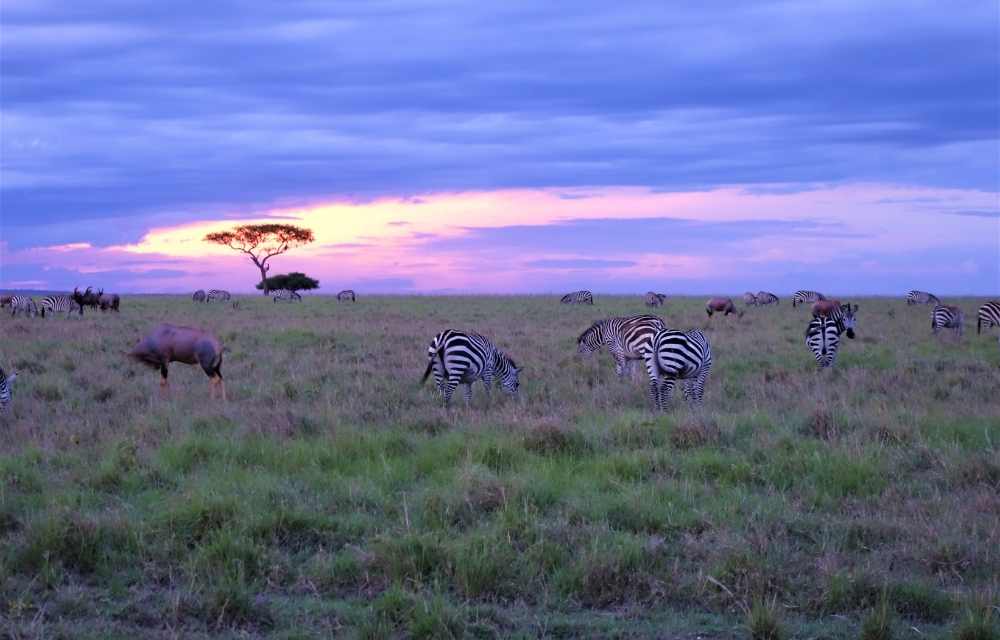
Where Is The Masai Mara?
In the south-west of Kenya lies the Masai Mara National Reserve with surrounding private conservancies, which make up the Greater Masai Mara Ecosystem. To the south lies the Tanzania border and the Serengeti National Park. The private conservancies lie around the borders of the national reserve, increasing the size of the land animals have to live in.
The Masai Mara’s open savannah plains are dotted with kopjes, thorn trees, and craters with 3 major rivers and a myriad of small seasonal rivers crisscrossing the reserve. The Mara River, Sand River, and Talek River are the major rivers, with the Mara River being the biggest one the wildebeest migration has to cross.
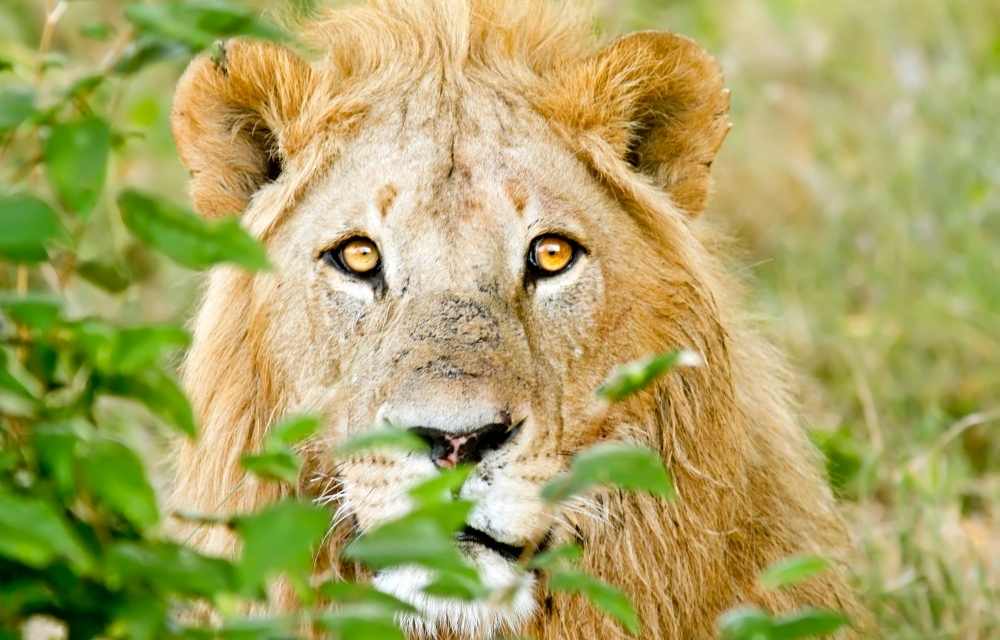
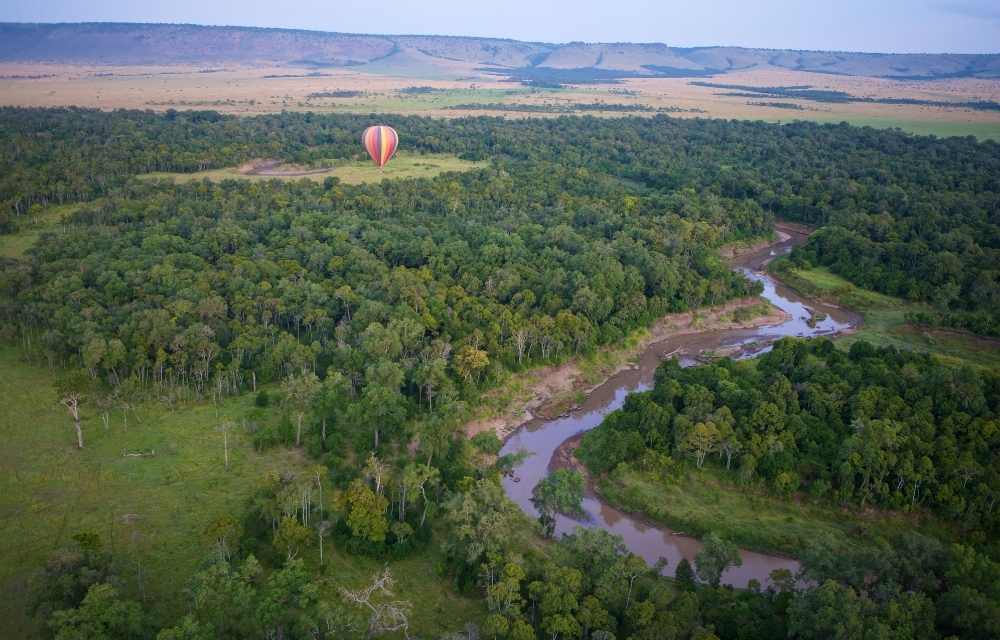
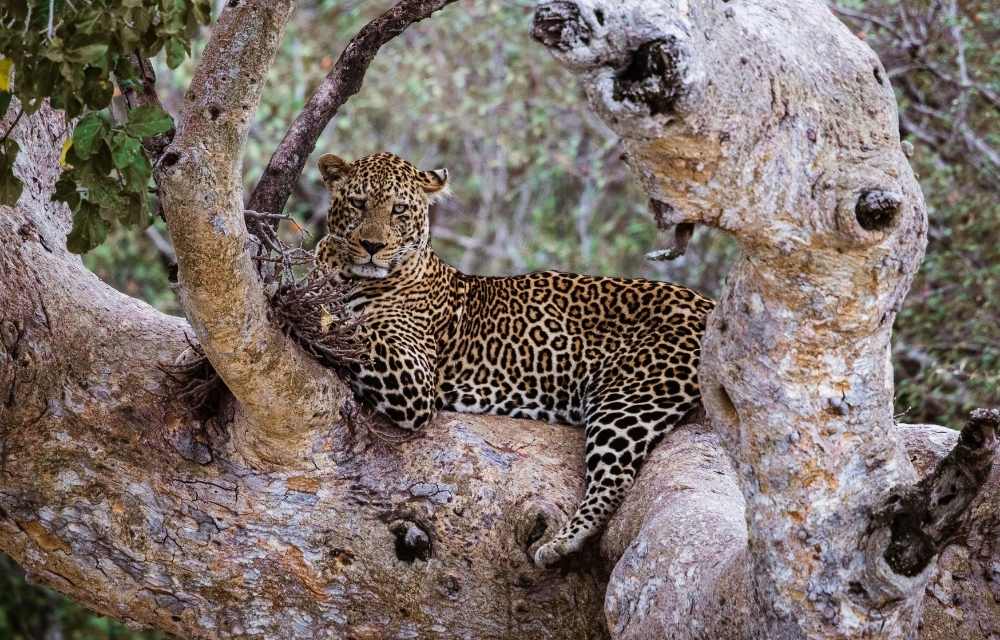
Read More: A Masai Mara Safari
How To Get To The Masai Mara
One of the most important questions in the Masai Mara Travel Guide, how do you get there?
Most of our Masai Mara Safari tours are “fly-in” trips, using Kenya’s extensive light aircraft network. Nairobi is Kenya’s capital city and most Kenya Safaris start and end here. The local Wilson Airport has numerous private air charter services which fly shared daily flights to the various Masai Mara airstrips, and the other safari areas of Kenya. You can connect to Masai Mara from Lewa, Laikipia, Samburu, and other national parks as well as the beach towns of Mombasa and Diani with ease.
The more intrepid can embark on a road safari through Kenya, combining areas like Laikipia and Lake Nakuru with the Masai Mara, in a private safari vehicle with your dedicated guide. There are also small group tours that are conducted by road if you are on a budget.
Masai Mara Safari Lodges
There are so many wonderful accommodation options. The Masai Mara Safari lodges are numerous and diverse. Expect to find budget-conscious hotels, mobile tented camps in private campsites and luxury, opulent tented camps. There is a lodge to suit everyone. Touch base with us to discuss your safari needs.
Masai Mara Seasons & Weather
We believe that a Masai Mara safari can happen for most of the year, given the abundant wildlife and temperate climate of the area. Day time temperatures of mild and the nights do cool down. The short rains of November provide pleasant days with afternoon showers and dramatic sunset scenes. There is little difference throughout the year between the day and night temperatures as Kenya straddle the equator. The elevation of the Masai Mara does help to keep the temperates from getting too hot during the day.
The Dry Season Weather And High Season Rates.
The high season coincides with the arrival of the Great Wildebeest Migration from the Serengeti, from July till October. This is when the safari costs are highest. June, July, and August do still see some rain, but generally lovely sunny days and cooler nights and early mornings. September and October are dryer, although rain bursts are not uncommon. It can get a bit warmer during the day.
The Wet Season Weather And Shoulder Or Low Season Rates
The daytime temperatures remain similar from November through to May. In November and December, you will get the ‘short rains’, often in the afternoons. During January and February, the rains ease off a bit, although there are still showers. March, April, and May are the ‘long rains’ with April being the wettest month of the year. Regular rainfall can make the dirk roads difficult to use and very slippery. Many of the safari lodges do close during the long rains in April to late May, this time of year is perhaps not the best to go.
The shoulder season varies a bit, it is generally in November and some camps including the last half of October and the first 2 weeks of December. January, February, and June are Shoulder season. Green Season is during April and May.
MAJESTIC
MASAI MARA
SUNSETS
How Much Does A Masai Mara Safari Cost?
Our Masai Mara Travel Guide tries to breakdown this age-old question – how much does it cost?
Safaris come in all shapes and sizes, from camping to uber-luxe glamping, from large overland-do-it-yourself-camping to the best in opulent safari lodge living.
The seasons in Kenya dictate the cost of a Masai Mara Safari as the low season does not attract as many visitors as the high season. The wildebeest migration comes through in the high season which is peak travelling months and the highest rates. The Masai Mara National Reserve and each conservancy have their own set of conservation fees. There are flights and transfers, and extra activities like a hot air balloon ride that can be added to your safari.
The safari lodges range in prices, but here is a basic guide, per person per night. Remember this includes all your meals, drink and accommodation, and your general game activities like drives.
4 star comfortable: Low season – $300-$500 / High season $450-$600
4 star luxury: Low season – $500-$800 / High season $700-$1000
5 star luxury: Low season- $800-$1000 / High season $1300-$1600
5 star premier: Low season – $1000-$1200 / High season $1500-$2200
Explore & Travel Africa can tailor make your perfect safari. There is a wide range of accommodation available in the Greater Masai Mara ecosystem, from the larger hotels to the small and intimate luxury safari lodges. Our bespoke journeys are made for you, we will ensure you have the best vacation to suit you.
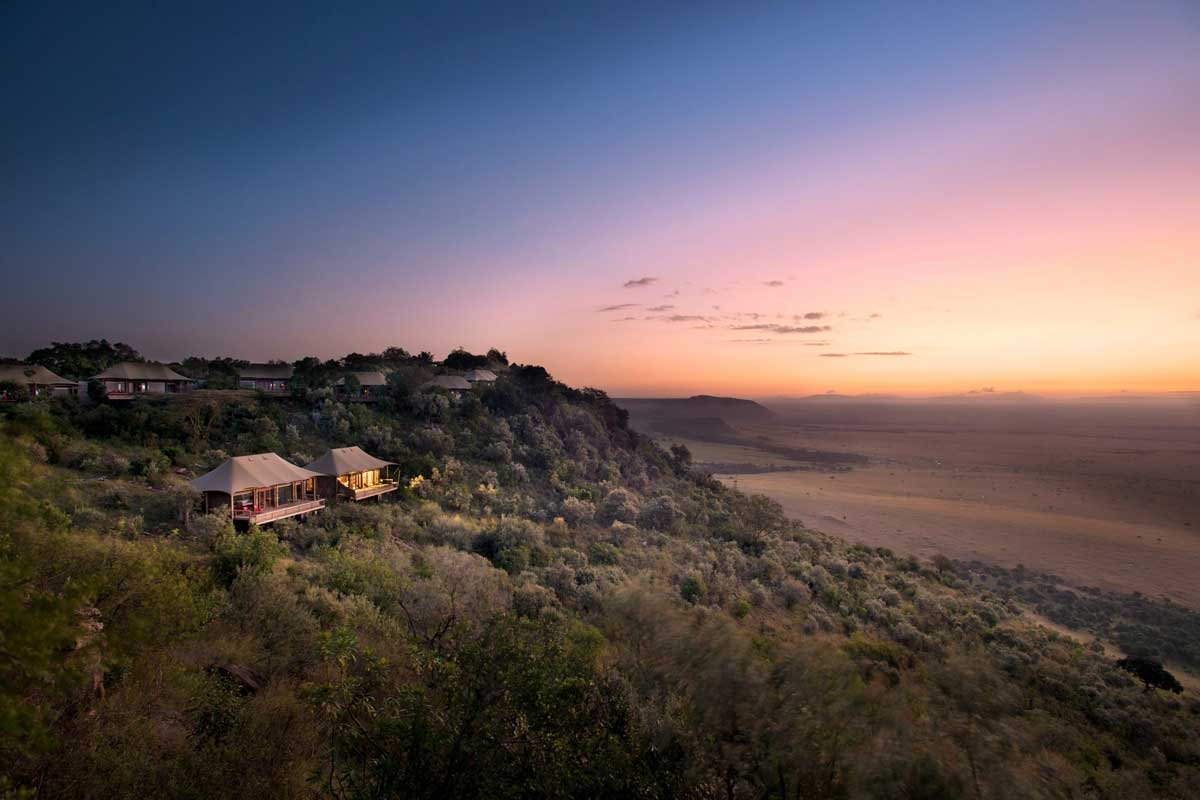
Masai Mara National Reserve Versus Masai Mara Conservancies
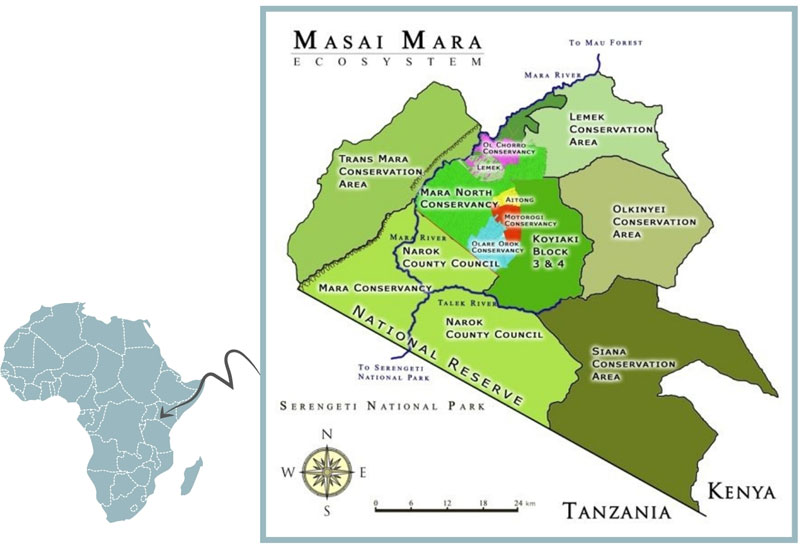
The Masai Mara forms part of a huge ecosystem that incorporates Tanzania’s Serengeti National Park and the numerous private conservancies around the borders of the Masai Mara National Reserve. The Maasai people have long been the custodians of the land in the Greater Masai Mara. Families have now entered into long lease agreements with the private tourism sector to lease their land and earn an income from the safari industry. Over 15000 people earn an income directly from the lease of their land and many more have gained employment at the various luxury safari lodges in the areas.
These conservancies share unfenced borders with each other and the national reserve, allowing ease of movement for the animals, especially the great wildebeest migration that comes through each year. Activities in the conservancies include game drives, bush walks, night drives, mountain biking, and that famed safari tradition – the bush dinner! Game drives take place in the conservancy and also into the national reserve. The benefit of a
The Masai Mara National Reserve has both the Mara and Talek Rivers running through it. It is open to all and there is a larger concentration of hotels, lodges, tented camps and campsites. Self driver’s, group tours, day-trippers and more are all able to drive through the reserve in search of that perfect wildlife moment. Activities are restricted to just game drives, there are no walking or night drives. There is no control over how many vehicles at any sighting and things can get crazy during the wildebeest migration, particularly if there is a famed river crossing.
You are also restricted by the hours of opening and would need to leave the reserve by sunset. Luckily there are some wonderful safari lodges like Governors Camp and Kitchwa Tembo that have their own gates and are right at the edge of the reserve.
Mara North Conservancy
The Mara North Conservancy has the Mara River flowing along its Western boundary. This partnership is with member camps and over 800 Maasai landowners, managing and protecting the north-western border of the greater Masai Mara area. This large area is home to a large array of wildlife, including lion, cheetah, hyena, buffalo, elephant as well as over 450 species of birds. The Alex Walker Serian Camps of Serian The Original and Ngare Serian are excellent premier camps to stay at, both overlooking the Mara River. , while Elephant Pepper Camp and Kicheche Mara are luxurious and intimate safari lodges.
Mara Naboisho Conservancy
The newest to join the conservancy group, the Naboisho Conservancy is home to one of the largest prides of lions in the Masai Mara ecosystem. Mara Naboisho is a 50,000 acre wildlife conservation area in Kenya’s Greater Mara Region. It borders the Masai Mara National Reserve to the south-west, the Olare Orok Conservancy to the west and the Ol Kinyei Conservancy to the east. Top camps like Encounter Mara are here, while Mara Nyika is one of the most luxurious camps in the Greater Masai Mara.
Ol Kinyei Conservancy
One of the older conservancies, Ol Kineyi proved that the conservancy model can work. Ol Kinyei is renowned for its unspoilt and breathtaking scenery with diverse terrain offering, on one hand, open savannah plains and rolling hills on the other. Today, most of the staff in the safari lodges, like Porini Mara Camp, are from the local communities.
Olare Motorogi Conservancy
The Olare Orok and MOtorogi Conservancies joined to create a bigger area, the Olare Motorogi, 33000 acres of outstanding natural beauty and ecological importance. The conservancy directly borders the Maasai Mara National Reserve and it contains the lower valleys of the Olare Orok and Ntiakitiak rivers, riverine forest, the Ntiakitiak Gorge and a 12km escarpment below which are large areas of acacia woodland.. Outstanding general game and predator sightings and luxury lodges are found at Olare Motorogi. Our favourite lodges are Mahali Mzuri and Kicheche Bush Camp.
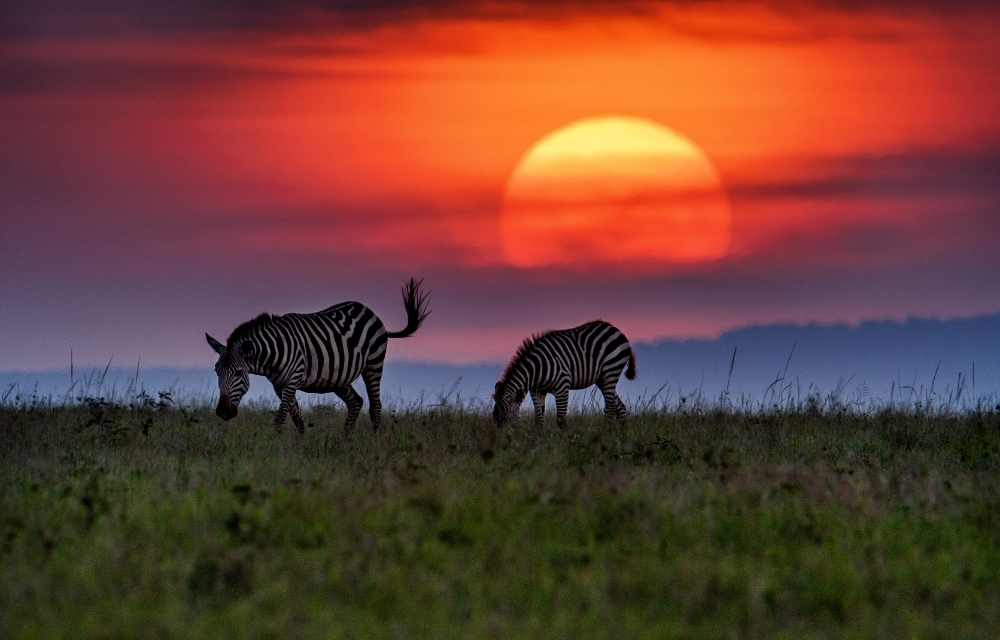
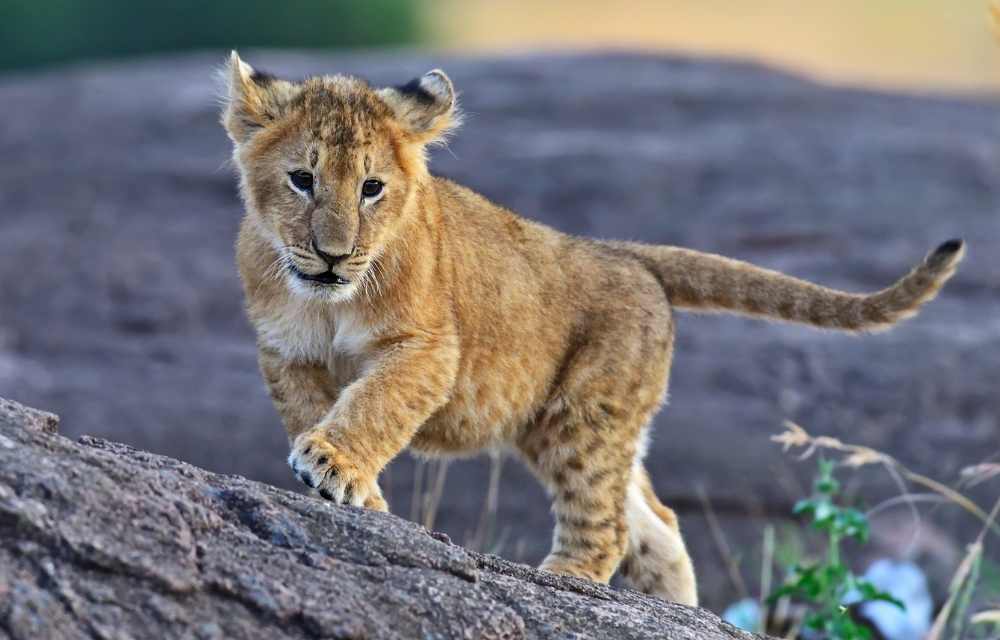
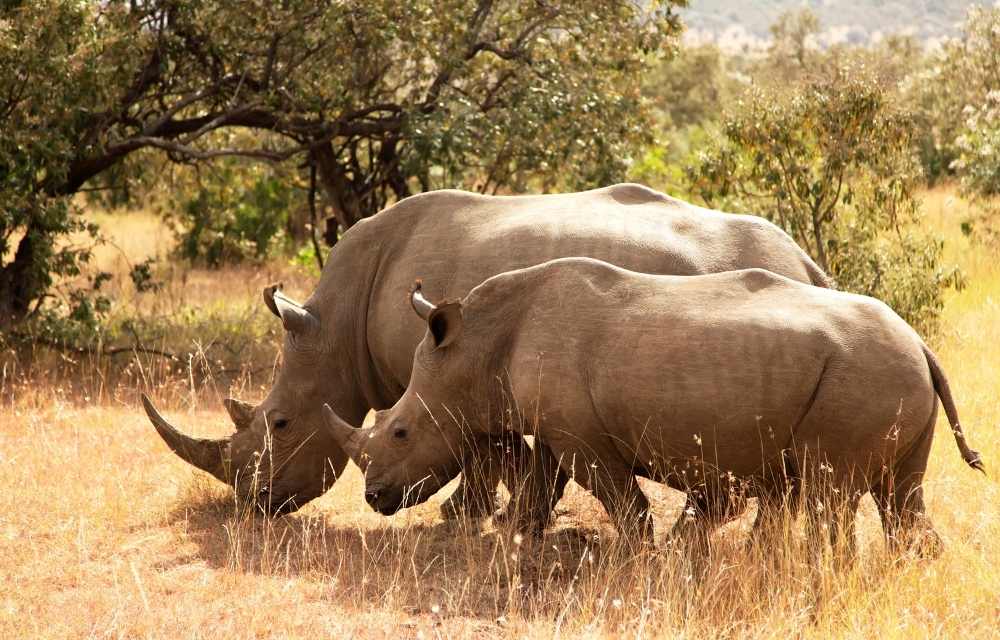
Masai Mara Health & Saftey
Many parts of Kenya are in malaria areas, particularly if you are going to towns and villages on your tour. Chat to your GP or local travel clinic for the best prophylactic for you. If you are combining your tour to Kenya with Uganda or Rwanda or similar, you will need to prove you have your yellow fever vaccination certificate. Covid-19 regulations still need to finalized but it is a good idea to travel with your proof of vaccination, and you will need a negative PCR test to show on arrival. Covid-19 regulations are changing regularly so it is best to check with us. You should be up to date on your regular vaccinations.
Most of Kenya and the Masai Mara, in particular, is a safe place to visit. You generally fly in or are with professional guides if driving. The tourism industry looks after all visitors. There is of course crime, especially in Nairobi and Mombasa, however, following basic safety precautions that you would do in New York, London or Rome, you will be fine.
